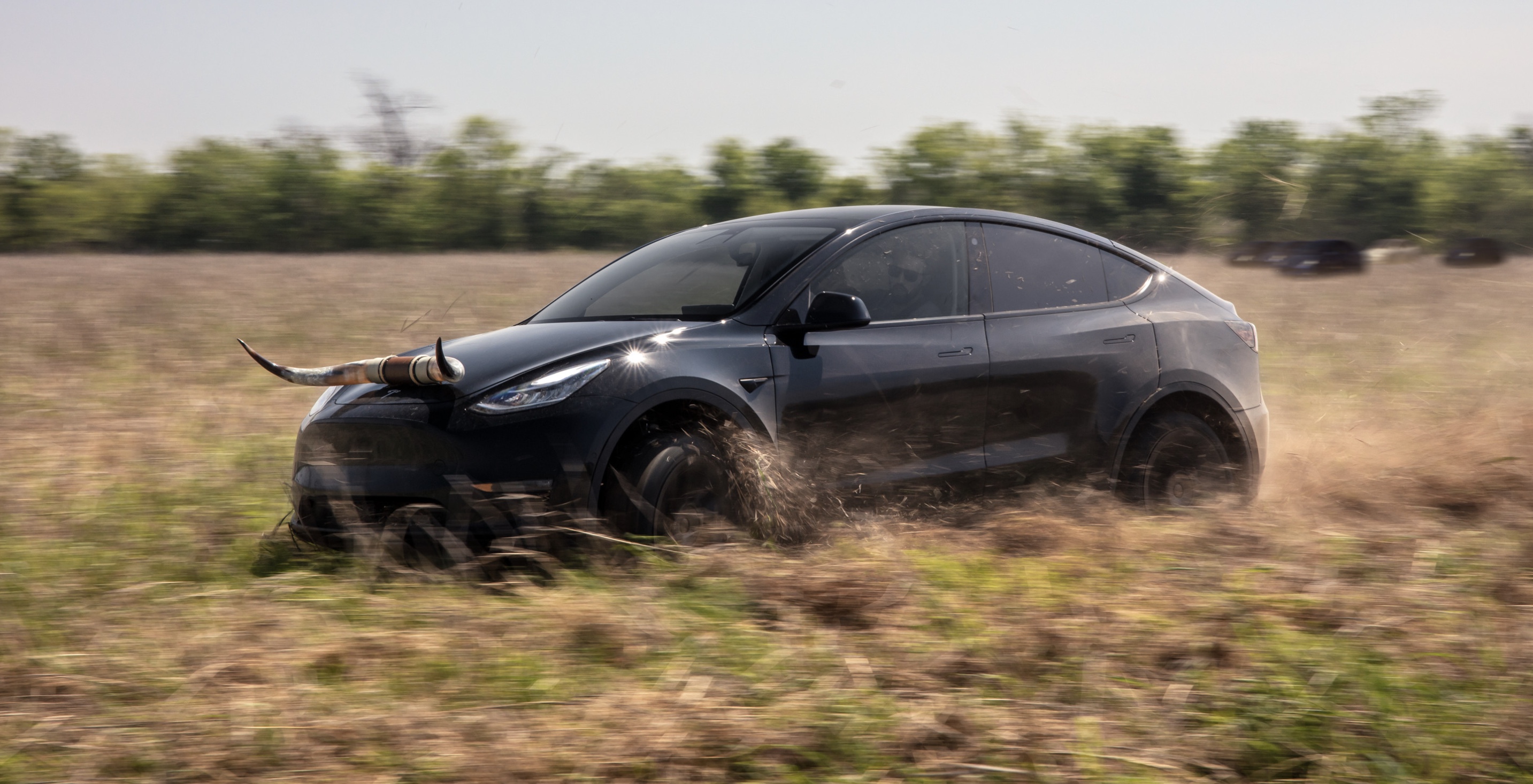In recent times, Tesla is focused on ramping up its production in Gigafactory Berlin and Gigafactory Texas. Both factories are planned to almost double the production capacity by next year. On Saturday, the company shared its milestone in Model Y production. Around 10,000 Model Ys are built to date in the factory.

It doesn’t exactly give us the current production rate, but it is likely more than one thousand vehicles per week. In June, it was that Tesla significantly managed to ramp up production at the factory. But it also coincided with the automaker starting to produce Model Y vehicles with the old battery architecture using 2170 cells.
10,000 Model Ys built at Giga Texas to date pic.twitter.com/4cOlnpCRa0
— Tesla (@Tesla) September 17, 2022
The production of 4680 cells is believed to be the bottleneck. Tesla has relied on its pilot plant in California to supply Gigafactory Texas, but it has been guiding a start volume of 4680 cell production in Texas by the end of the year. According to Whole Mars Catalog (via Drive Tesla), the plant reached a production rate of 1,000 cars per week – a level achieved by the Giga Berlin-Brandenburg plant in June. The news is based on a photo reportedly shared by a Tesla employee on Snapchat. It presents the shape of the Tesla Giga Texas plant, the company’s logo, the number of 1,000 cars produced, and the signatures of the employees involved in the ramp-up.
Estimations
The plant is envisioned for significantly higher output, above 250,000 Tesla Model Y per year, according to the 2022 Q2 report. So, it’s just the beginning. The main obstacle to producing more cars in Texas appears to be the availability of the 4680-type cylindrical battery cells. They were used in the all-new “Tesla Model Y AWD” version. This seems to be the main reason why Tesla has started to produce in Texas also the Tesla Model Y Long Range AWD, powered by 2170-type cylindrical battery cells.
The addition of the 2170-type version is a short-term solution to produce more Model Y cars at the site, but the main task is to ramp up the newer version with the structural battery pack. Time will tell how quickly the company will be able to increase the output of the 4680-type battery packs. At 250,000 units per year, and assuming 70 kWh per pack, the need is for 17.5 GWh annually and that’s quite a lot. About half of the manufacturing capacity of the entire Tesla Gigafactory 1 in Nevada. In any case, the production ramp is going ahead at a faster pace. Regardless of the various bottlenecks, the company has been successful in expansion.












